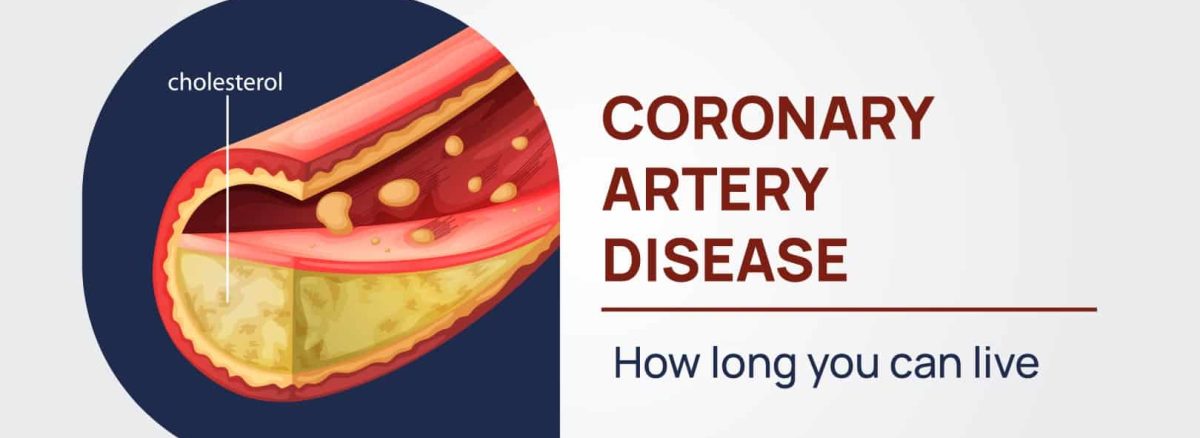Coronary Artery Disease (CAD) is a common heart condition where the coronary arteries that carry oxygen-rich blood to the heart struggle to supply enough blood. It happens due to the plaque buildup in the arteries that reduce the blood flow, resulting in occasional chest discomfort and shortness of breath. When there’s a complete blockage, it causes a killer heart attack. According to the NCBI, CAD affects around 126 million people worldwide, which approximates 1.72% of the world’s population.
CAD is a chronic condition that cannot be cured. However, you can prevent it from getting worse with the help of a heart-healthy diet and necessary lifestyle changes.
What are the causes of Coronary Artery Disease?
Coronary Artery Disease starts when cholesterol, waste products, calcium, and other substances (commonly called plaque) begin to deposit on the inner lining of the coronary arteries. The plaque often continues to build up for decades. It makes the blood vessels narrow and stiff, reducing or totally stopping blood flow to heart muscles. It results in a condition called atherosclerosis. Occasionally, a plaque can burst and result in a clot.
When blood flow reduces, your heart does not get the necessary oxygen and nutrients to function. It becomes weak, beats irregularly, and pumps insufficient blood to other body parts. It leads to a heart attack or heart failure. People having plaque buildup in their arteries can have similar buildup elsewhere in the body, like legs, arms, or side of the neck, leading to other complications.
Risk factors for CAD often increase with age. And if you have a family history of heart disease, you are more susceptible to Coronary Artery Disease.
What are the symptoms of Coronary Artery Disease?
CAD shows no symptoms in the beginning as the plaque buildup is negligible. As years pass by, the buildup increases and symptoms start to show during intense workout sessions, stress, or after the consumption of certain medications. As your blood vessels continue to thin, the heart works hard to pump blood, showing frequently intense symptoms. They include:
- Angina (A type of chest pain) – This is the most common symptom of coronary artery disease. People with CAD feel discomfort or tightness around the middle or left side of the chest during exercise or stressful events. The pain revisits in a predictable pattern. Rest or angina medications like nitroglycerin can relieve the symptom within minutes.
- Shortness of breath or dyspnea due to intense tightening in the chest area.
- Nausea and weakness
And when the blood flow is completely blocked, it results in a heart attack. Classic symptoms of a heart attack include squeezing in the chest that continues for minutes, dyspnea, pain in the shoulder, jaw, neck, or left arm, intense sweating, heaviness, and dizziness. According to a report released on World Heart Day, people between the 30-60 age group accounted for 70% of heart attacks that happened in India last year.
Obesity, smoking, alcohol consumption, hypertension, and a family history of heart disease increase your risk of Coronary Artery Disease. In case of doubt, consult with the best hospital in Chennai for a test to see if your arteries are narrowed and if so, slow down the progression There is no cure for CAD. Adapt a heart-healthy lifestyle today because better late than never.

